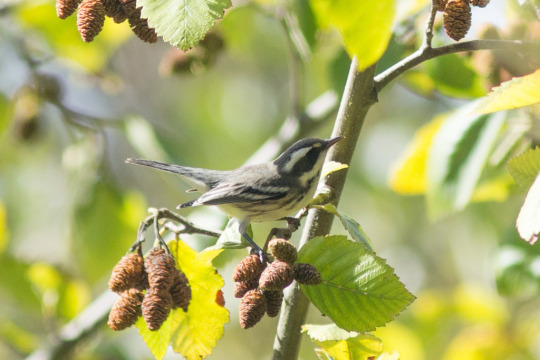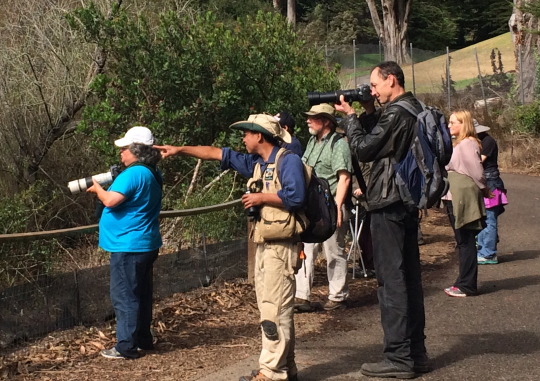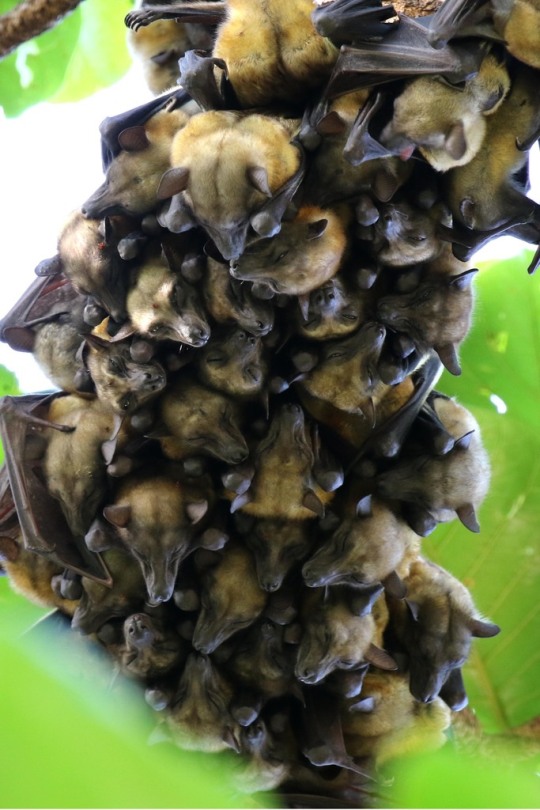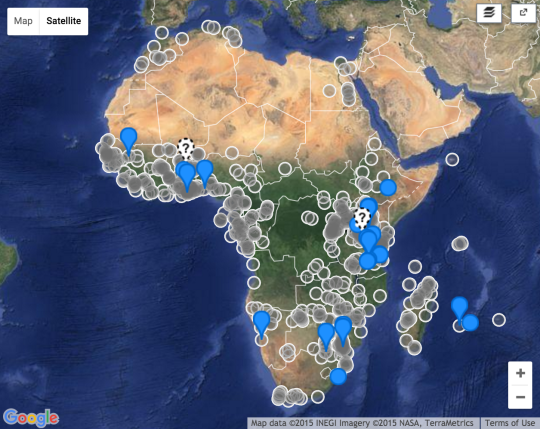Dani Montijo (@dmontijo) and her crowd of Light-Blue Soldier Crabs (Mictyris longicarpus) were selected as iNaturalist’s Observation of the Week.

The Light-Blue Soldier Crab belongs to the Brachyuran family, Micryridae. The species ranges northward from southern New South Wales and from Perth, Western Australia, to New Caledonia in the east, to Singapore in the north, and to the Bay of Bengal in the west.
Montijo, a senior at UC Berkeley, is currently studying abroad at the University of Queensland and made her discovery on North Stradbroke Island. Though she only started using iNaturalist a few months ago, Montijo already feels like she’s learned so much in the process. What’s more, she’s been able to share that knowledge with young people.
“Over the summers I work as a counselor at a summer camp, and this last summer I used iNaturalist to identify different species around camp,” said Montijo. “Once I'd identified them, I was able to learn more about their ecology, and then pass on that knowledge to my campers. I think that's one of the great things about iNaturalist—it helps make learning about nature more accessible.”
Montijo also loves that tools like iNaturalist are at the forefront of the citizen science movement: “It [iNaturalist] helps people get involved in their environment, and helps create up-to-date maps of species distribution, which can be really valuable, especially in a world where we don't have enough scientists and resources to go around.”
As for the Light-Blue Soldier Crabs, her study abroad group had just arrived on North Stradbroke Island and was staying at a nearby research station. They went exploring by the beach, and were stunned to see the thousands upon thousands of soldier crabs running across the sand.
“It was so surreal—there were just so, so many,” said Montijo. “You could actually hear them running, the sounds of thousands of little tiny legs splashing in the shallow water, and as you walked closer to them, the sound got louder as they started running faster! Once you got too close, they'd give up on running away and just burrow straight down into the ground to get away.”
In Australia Mictyris is known as the "soldier crab." This appellation is appropriate in view of the habits of the genus. Immense numbers of M. longicarpus congregate in dense masses and wander over tidal flats in apparent formation. Their activities exert a particular fascination not only because of these huge "armies," but also because soldier crabs walk forward and not sideways, as do most crabs.
Citizen Scientists: Keep exploring. Keep sharing.
Maybe your discovery will become an iNaturalist Observation of the Week!
By Matthew Monte
Hey, iNaturalists! See something that blows your mind? Click ‘Add to favorites’ so it can be considered for the Observation of the Week!















